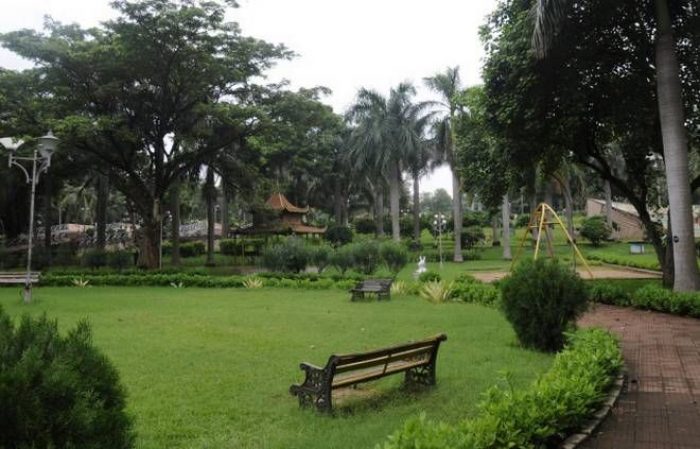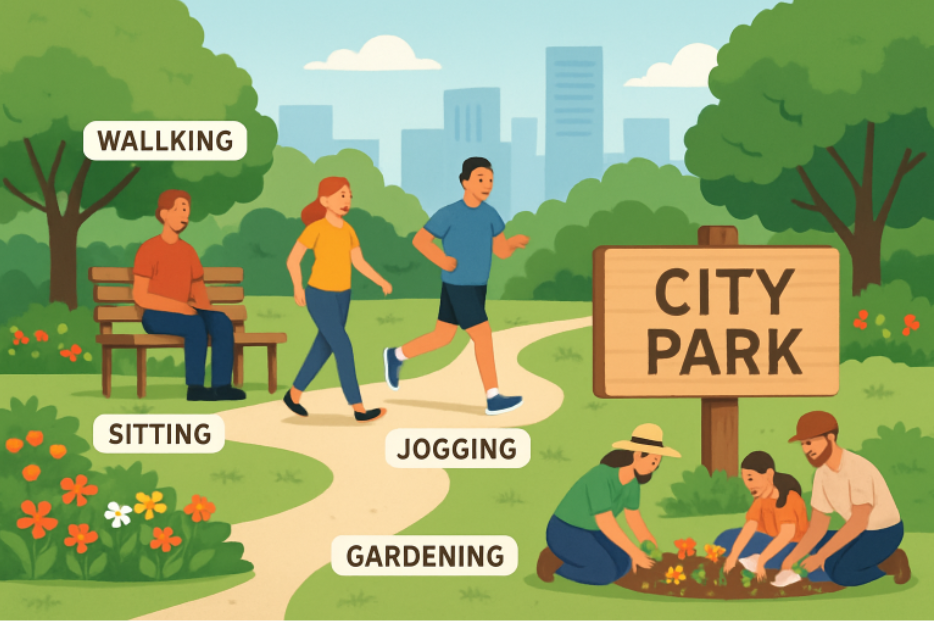Urban green spaces are invaluable assets within cityscapes, providing residents with a vital connection to nature, opportunities for recreation, and a welcome respite from the daily grind. By intentionally utilizing these spaces, city dwellers can significantly improve their mental and physical well-being while fostering stronger bonds within their communities. Whether exploring new parks, engaging in gardening, or visiting the botanical gardens Brooklyn, these green oases offer endless opportunities for well-being and enrichment.
Access to parks and gardens is increasingly valued as urban populations grow and the concrete landscape expands. Research has consistently shown that regular interaction with green spaces can lower stress, boost happiness, and support healthy lifestyles. Beyond individual benefits, cities with abundant green areas report higher levels of community satisfaction and social engagement among residents.
Making the most of urban green spaces isn’t limited to outdoor adventurers; even casual park-goers and those with limited mobility can enjoy significant advantages. From scenic strolls and yoga sessions to hands-on volunteer projects, city green spaces can be tailored to a variety of interests and accessibility needs.
For those unsure where to start, urban botanical gardens provide excellent gateways to nature immersion and environmental education, inspiring more meaningful engagement with urban ecology. The possibilities for enjoyment and involvement are as varied as the city itself.
Mental Health Benefits
Spending time in urban parks and gardens has a profound impact on emotional well-being. A study published in Scientific American found that spending just 20 minutes in green spaces can significantly reduce cortisol levels, improve mood, and alleviate the mental fatigue often associated with urban living. These benefits occur regardless of the level of vigorous activity, making green spaces critical for mental rejuvenation in urban areas.
Physical Activities
Parks and greenways provide a natural setting for a wide range of physical activities, including walking, running, cycling, and outdoor fitness routines. Most cities equip their parks with dedicated trails, sports fields, and playgrounds to encourage an active lifestyle. Such accessible opportunities for exercise help combat sedentary habits common in urban settings and can spark lasting commitment to physical health. For people seeking fun, new ways to stay fit amidst nature, most municipal park boards now share trail maps and activity schedules online.
Community Engagement
Urban green spaces often serve as focal points for community gatherings, volunteer activities, and collaborative gardening. Community gardens, for instance, help neighbors grow food together, share resources, and teach children about sustainability. According to The New York Times, participation in urban gardening is linked to increased civic engagement and offers a sense of shared responsibility for local environments. These opportunities help create friendships and tie residents to their neighborhoods in meaningful ways.
Creating Personal Green Spaces
Not every urbanite has easy access to parks, but personal green spaces, such as balcony gardens, rooftop plots, or indoor plant collections, can make a significant difference. Compact gardens and vertical planters are innovative ways to add lushness to smaller living spaces, purify indoor air, and provide daily enjoyment. Resources like community seed libraries and online gardening forums have made it easier than ever to start an urban garden, even with limited space.
Volunteering for Green Initiatives
Volunteering for tree-planting, clean-up days, and conservation projects helps sustain urban green spaces and fosters a culture of stewardship. Many organizations invite community members to participate in activities that directly improve the local environment. These efforts contribute not only to ecological health but also to personal fulfillment and networking with others who share a care for sustainability. Local government websites and environmental nonprofits frequently publish volunteer opportunities and ways to get involved.
Practicing Mindfulness
Urban parks are perfect backdrops for mindfulness routines such as yoga, tai chi, or meditation. With research from the American Psychological Association confirming the link between exposure to nature and lower anxiety, the popularity of outdoor mindfulness sessions continues to rise. Many cities now offer free or discounted guided classes in their green spaces, making mindfulness accessible and affordable for all.
Supporting Urban Reforestation
Urban reforestation is crucial for improving air quality, reducing heat, and increasing biodiversity in city settings. Support can take the form of planting native trees, participating in neighborhood reforestation drives, or donating to reputable conservation causes. Reforested areas also offer vital habitat for urban wildlife, support pollinators, and provide crucial environmental services that benefit generations of residents.
Advocating for Green Roofs
Green roofs—landscaped rooftops planted with succulents, grasses, or wildflowers—help regulate building temperatures, reduce stormwater runoff, and add beauty to the urban skyline. Advocating for their adoption in your community or workplace can significantly enhance a city’s resilience to heatwaves and flooding. Some municipalities even offer incentives or grants for building owners who install green roofs, recognizing their environmental impact and long-term urban benefits.
Embracing the opportunities provided by urban green spaces—whether through relaxation, active use, or community efforts—can transform daily urban life. These vital habitats enrich both mental well-being and physical health, nurture greener neighborhoods, and foster connections that strengthen the city’s social fabric.
Conclusion
Urban green spaces are more than just patches of greenery—they are essential sanctuaries that enrich health, foster community, and bring balance to city living. Whether through exercise, mindfulness, gardening, or volunteering, these spaces provide numerous opportunities for individuals to connect with nature and with one another. By embracing and supporting local parks, gardens, and green initiatives, city dwellers not only enhance their own well-being but also contribute to a more sustainable and connected urban environment. Ultimately, the more we value and engage with these green oases, the more vibrant and resilient our cities will become.








